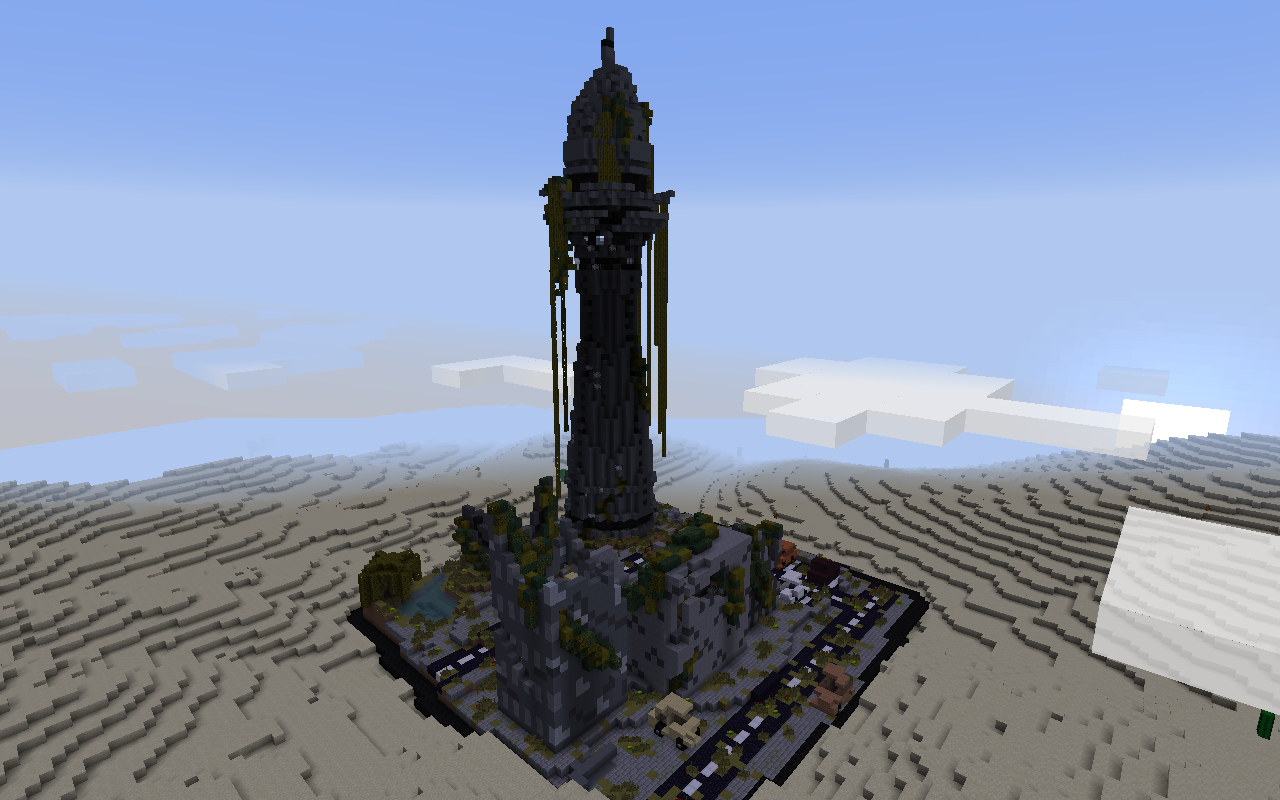Young NZ Minecraft players are guinea pigs testing Twingl’s Google Chrome plugin browser

Twingl started as a university project in 2011 and has since raised $100,000 from investors through Creative HQ’s Lightning Lab acceleration programme in May for the Trailblazer plugin.
Trailblazer is now being put to the ultimate test by allowing kiwi kids aged 8 to 18 to be the first users and critics of it by entering their competition called Minequest.
Co-founder and CEO Andy Wilkinson says they chose to use young Mminecraft players as guinea pigs for the browser after a pilot programme they ran in schools recently showed that the kids gravitating towards Trailblazer were mostly Minecraft users.
The co-founders of the startup are: Greg Signal and Matt Kennedy.

Left to right: Greg, Andy, Matt
They’re offering a ‘bounty’ for any competitors that can identify bugs, with prizes on offer to those who’ve worked closely with the company to make improvements.
“Our thinking is that if we make something easy enough for a 10-year-old to use and understand, we’ve built something easy enough for anyone to understand including parents and teachers,” he says.
“We’ve got a very engaged, very forgiving group of beta testers who give us super honest feedback about what’s working and what isn’t.”
Kids view version of Utopia, Dystopia
The competitors download the plugin on their Chrome browser and choose from themes to build a world, such as Utopia, Dystopia or Ancient History to build something creative.

Check out 12-year old girl Marija Malskaitis’s post apocalytic version of Auckland in the picture above.
But the catch is that an in-depth research process will be weighted 50:50 with the final creation, as judged by what they’ve researched on Trailblazer.
Wilkinson says the median age of competitors is around 13 to 14, with about 30 to 40 entrants expected.
Creations so far include a post-apocalyptic Auckland that features a crumbling sky tower, as well as a life-size replica of the Christchurch cathedral.
Wilkinson says the choice of marketing to the younger generation has a flow-on effect to reaching teachers, who have been emailing in when they hear about their students discussing Minequest in class.
On Trailblazer
Trailblazer, as described by Wilkinson on a Twingl blog post, is a Google Chrome browser plugin that draws inspiration from the Memex – a personal library that categorizes interconnected knowledge and is inbuilt into a computer, first envisioned by inventor Vannevar Bush in 1945.
The browser plugin records and stitches together all the pages viewed during a research process and displays them as a visual mind map.

It’s designed to appeal to teachers and students, with the Minequest competition acting as an exemplar of how the browser can be used as an education tool in class.
Currently, there is a worldwide push to get Minecraft into classrooms to engage kids in a new way but no prescribed way to use it.
Microsoft’s intentions and Mojang
Wilkinson speculates this is why Microsoft bought Minecraft’s creator Mojang for US$2.5 billion last month.
He says the plugin could be the answers to experiental learning tools in classrooms, such as Minecraft.
“Trailblazer makes everything visible and makes teachers much more comfortable with experimenting with something different,” he says.
Prizes on offer for competitors include a Minecraft realm for a year, a 3D printed version of your entry and Minecraft character and PC Minecraft licenses.
The competition runs from September 28 to October 5, then a panel of teachers will judge the entries.
The servers will then be open to the public for people to explore the worlds built by students.




